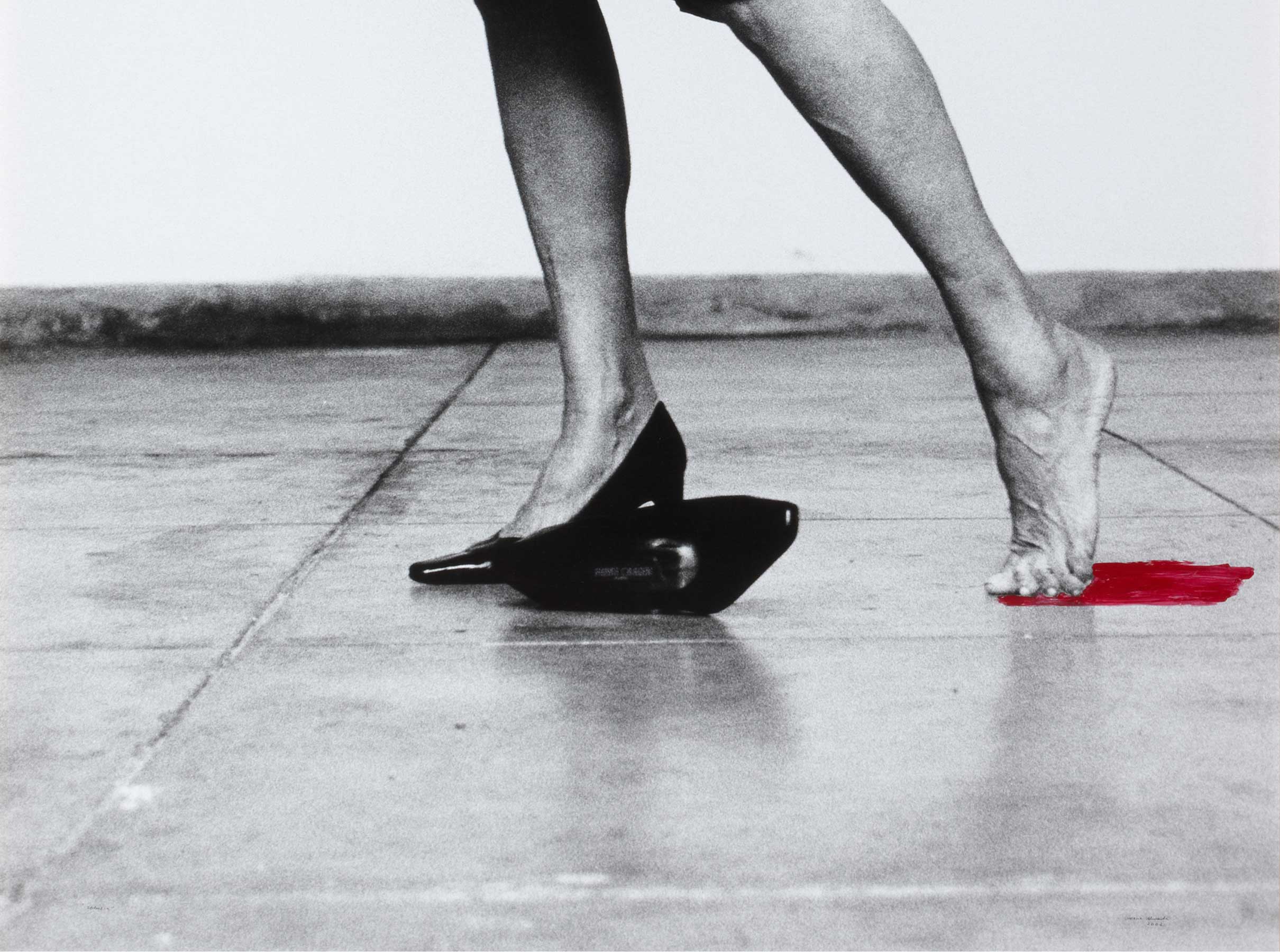Lines
- 2004
- Epoxy resin and pigments on canvas
- 250,7 x 160,5 cm
- Cat. P_731
- Acquired in 2006
Lines (2004) is a painting created by applying and layering epoxy resin on a large canvas. Developed by Peter Zimmermann nearly two decades ago, this technique produces finishes of a tactile and visual quality that transport the viewer into an illusory space where forms seem to have been caramelised. Based on these premises, and striving for an increasingly distinctive execution – methodically perfected following the guidelines of industrial production – Zimmermann shapes a suggestive imagery populated by garish colours that overlap on the surfaces in a hardened transparency. In keeping with those guidelines, Lines exists in a space of tension between the abstract and the figurative, the technological and the craft-made. Organised as a weft of vertical lines that seem to codify a hidden second image encrypted behind the net of stylised forms, Lines can be described as a ‘surface painting’ constructed by means of the ‘disidentification’ of its referents.
Peter Zimmermann’s work in the 1980s was characterised by reproductions of figurative images – the covers of exhibition catalogues and artist monographs, travel books and dictionaries – but his subsequent works have ceased to contain recognisable referents and become abstracts, even though the emphasis is always on materials that come from ‘the real’, from the file prepared by the artist from his systematic online searches. The degree of credibility of the image, its dizzy circulation and obsolescence in the digital world and the question of authorship linked to the unique and the unreproducible are also themes stressed in his works.
Other works by Peter Zimmermann

